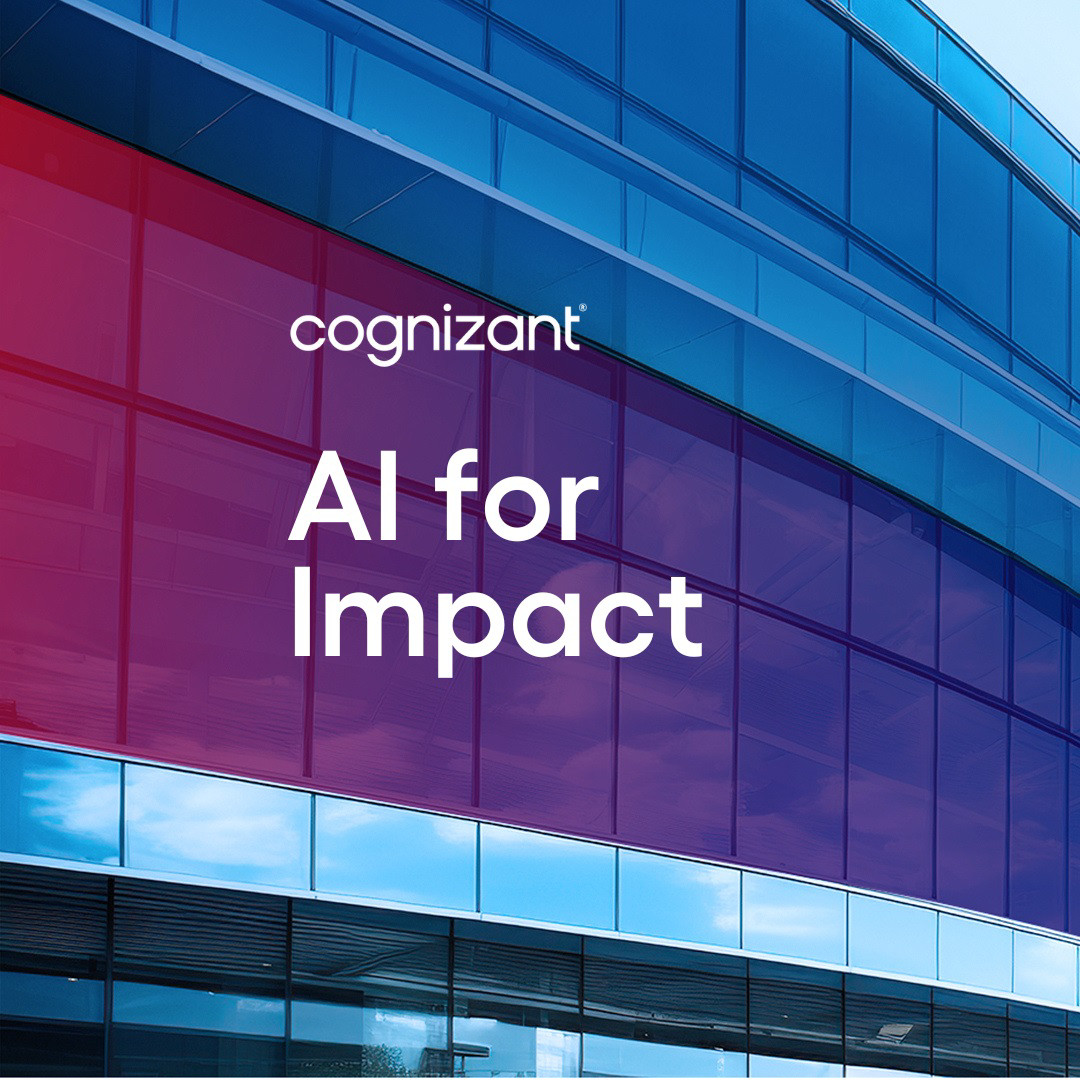Why insurance's recruitment freeze could save your business
Artificial intelligence is fundamentally changing how insurance companies think about hiring. When did your organisation last post a job without questioning whether an AI agent could do it better, faster, and more accurately?
Should your insurance organisation stop hiring humans? This question has moved from speculative to a strategic imperative for firms that intend to survive beyond 2025. I've watched technology waves reshape our industry for decades, but nothing compares to what's happening now with artificial intelligence.
The recruitment freeze isn't about eliminating jobs, it's about finally creating roles worth doing. When NVIDIA's CEO Jensen Huang revealed plans, in October 2024, for an AI-first workforce of 100,000 AI agents alongside 50,000 humans, he exposed an uncomfortable truth that insurance leaders must confront: humans are no longer the optimal choice for most insurance operations.
The mathematics are stark, as outlined in Cognizant's No more human hires white paper. Our research with Oxford Economics reveals that generative AI could inject up to $1 trillion in additional annual value into the US economy by 2032. The same research calculates that 90% of jobs face some level of AI disruption, with 52% facing substantial impact.
What the industry has overlooked, however, is that we've been so focused on protecting existing jobs that we've forgotten what work should actually accomplish. Most insurance roles today involve routine data manipulation, form processing, and administrative tasks that drain human creativity rather than leveraging it.
Consider what we call "knowledge work" in insurance. Much of it isn't knowledge at all; it's pattern recognition, data entry, and repetitive analysis that AI systems now perform more accurately than humans. We've created an industry where talented people spend their days on tasks that machines handle better.
More than marginal gains
The evidence from early AI adopters is compelling. Some organisations report claims processing times reduced from days to minutes, customer response rates improved by orders of magnitude, and policy documentation errors virtually eliminated. These represent fundamental improvements in operational capability, not just marginal gains.
For instance, a typical European insurance operation employing 500 people costs approximately £40 million annually when all overheads are included. Implementation costs for AI solutions start around £80,000 and typically recover within 12 months, as explored in the white paper. Operating costs then stabilise at roughly 20% of human-operated systems while performance continuously improves.
As another example, one financial services company employed 300 people in an offshore centre, tasked with reading emails and determining appropriate workflows. Each email required approximately 15 minutes of human processing. An AI solution could now handle the same emails in under one minute each, at less than $1 per transaction.
When presented with automation opportunities, the organisation's immediate response was concern about replacing workers. This reaction reveals the core dilemma: the scale of change appears overwhelming, but delaying action only allows competitors to gain advantages.
This transformation doesn't eliminate the human element; it elevates it. The most successful transitions redirect human talent towards activities requiring creativity, empathy, and complex judgment. By automating routine operations, organisations can redeploy staff to customer-facing positions, perhaps reopen high-street branches, and provide the personalised service that customers increasingly value.
Human potential finally unleashed
Think about what insurance professionals could accomplish if freed from administrative burden. Claims adjusters could focus on complex disputes requiring investigation and negotiation. Underwriters could concentrate on unusual risks requiring creative solutions. Customer service representatives could handle emotionally complex situations requiring genuine empathy.
The insurance professional of 2030 will not process routine transactions. Instead, they will build relationships, solve complex problems, and provide human understanding that no AI system can replicate. This represents a profound upgrade in job quality and meaning.
Cultural transformation proves equally important. Forward-thinking organisations develop collaborative cultures where humans and AI systems each focus on their strengths. This requires leadership that understands both AI potential and limitations while fostering environments where human creativity flourishes.
Creating AI-first insurance operations requires strategic phasing that balances ambitious goals with practical implementation. Successful transformations follow predictable patterns: assessment of current capabilities, organisation-wide adoption of basic tools, development of proprietary models, piloting human-AI collaboration, and scaling across entire operations.
The assessment phase involves auditing existing AI capabilities and workforce comfort levels while identifying early adopters who can become transformation champions. This foundational work creates cultural groundwork for broader adoption.
Organisation-wide implementation focuses on practical applications like AI-powered email assistance, document processing, research tools, and basic analytics platforms. This establishes AI usage as standard practice rather than experimental activity.
Proprietary model development trains AI systems on institutional knowledge. One UK insurer built models based on underwriting experience and claims history, initially supplementing staff capabilities while reducing training effort and increasing accuracy. These models become repositories of organisational knowledge embodying hundreds of years of collective experience.
Strategic implementation accelerates advantage
Human-AI collaboration pilots are learning laboratories, providing insights that inform broader transformation efforts. These aren't simple efficiency exercises but opportunities to discover new ways of working that combine human creativity with AI capabilities.
Leadership commitment proves crucial throughout this journey. AI adoption succeeds when senior executives model expected behaviour, actively use AI tools, and celebrate human-AI collaboration wins. Cultural evolution requires transparent communication about how jobs evolve rather than disappear.
The window for comfortable adaptation is narrowing rapidly. While some organisations hesitate, others deploy AI agents across operations and gain compound cost, speed, and service quality advantages.
The organisations that embrace AI-first operations will create superior customer experiences while reducing operational costs. They'll compete on factors that truly matter: understanding customer needs, solving complex problems, and providing genuine value during critical moments.
This is about human enhancement, not replacement. The best insurance organisations of the future will combine AI efficiency with human creativity, creating capabilities that neither could achieve alone.
The technology exists today. The economic case is proven. The competitive advantages are real and measurable. Ultimately, insurance executives face a fundamental choice: embrace AI-first operations that enhance human potential while delivering unprecedented efficiency, or watch competitors define the future of insurance.
Understanding how to build AI-first operations that enhance human potential will determine your competitive position for the next decade. Download our comprehensive analysis of AI transformation in insurance and discover how leading insurers are creating the workforce of the future.












.jpeg)

